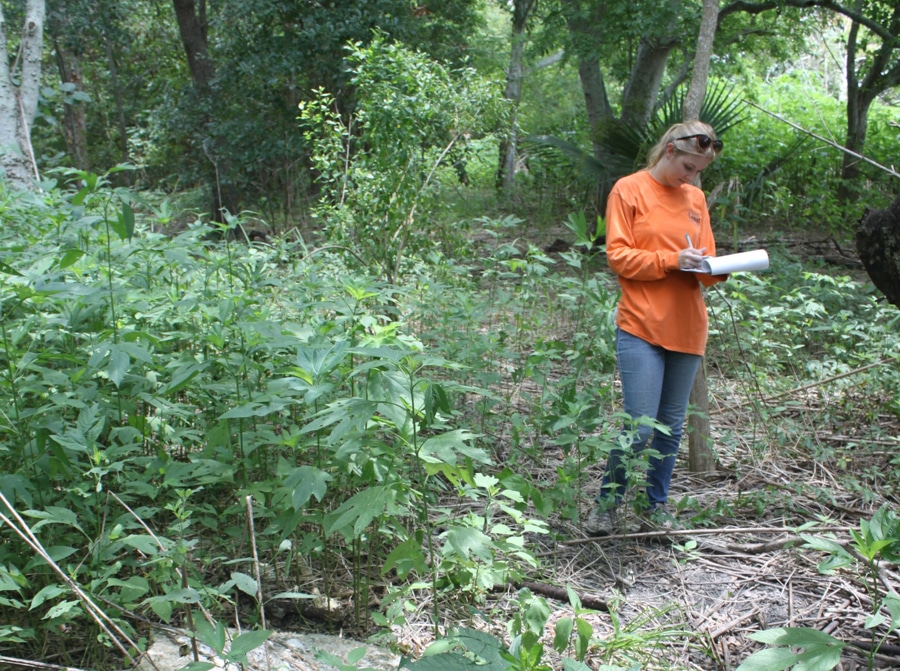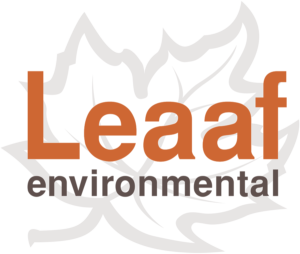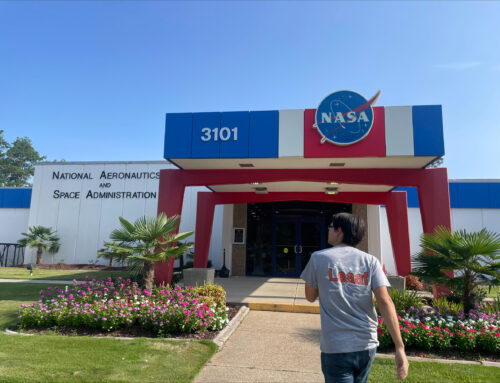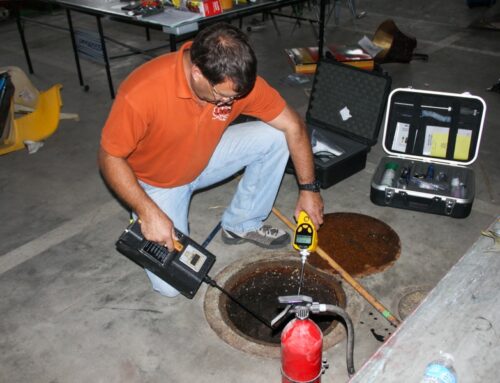
There are certain steps you must take in the due diligence process to evaluate the environmental liability associated with a property being purchased as part of commercial real estate transactions, development, bank financing, refinancing, or foreclosures. One tool in this process is know as a Phase I Environmental Site Assessment (ESA). This article explores what it is, the entire process, and what to do after an assessment.
What is a Phase I Environmental Site Assessment?
A Phase I ESA is an information gathering process to evaluate potential or existing environmental contamination liabilities associated with a real estate property. Leaaf's completes its Phase I ESAs in accordance with US Environmental Protection Agency (EPA) Standards and Practices for All Appropriate Inquiries (AAI), 40 Code of Federal Regulations (CFR) Part 312 and guidelines established by ASTM Standard Practice for Environmental Site Assessments: Phase I Environmental Site Assessment Process. The EPAs AAI Rule provides specific scope requirements for a Phase I ESA to quality for Landowner Liability Protection limitations under Comprehensive Environmental Response, Compensation and Liability Act (CERCLA) liability (innocent landowner defense, contiguous property owner, or bona fide perspective purchaser). Our process gathers information about the environmental and business risks associated with the property. These risks can impact the value or affect the claim to innocent land owner exemption following acquisition.
Who completes the Phase I Environmental Site Assessment?
The environmental analysis is conducted by an environmental professional (EP) according to ASTM. Leaaf's certified EPs specialize at the implementation of EPAs AAI and the ASTM Standard 1527. Our EPs are experts at ASTM Standard E 1527-13 and are up to date with the new ASTM Standard E 1527-21. Having performed Phase I ESAs on thousands of properties, Leaaf can assure our clients expert professional opinions on every property type.
Is Phase I ESA necessary?
A Phase I ESA is generally completed for a commercial property. These properties types consist of, but not limited to, vacant land, industrial properties, gasoline stations, auto repair facilities, dry cleaners, printing operations, manufacturing, and agriculture. A Phase I is typically not needed for residential properties unless special conditions exist with prior use. Known underground storage tanks, historic spills or discharges, or historical use of hazardous materials or petroleum products associated with the property can throw up red flags. Potential buyers will request a Phase I ESA report to assure they are not acquiring a contaminated piece of property. A Phase I ESA can help a purchaser meet the AAI and qualify as an Innocent Land Owner.
Additionally, the new ASTM Standard 1527-21 requires the inclusion of dates for which relevant parts of the assessment were completed. This helps the report Users identify when updates are needed to comply with AAI. AAI has a 180 day viability time frame for which reports need to be updated to stay in compliance. A report is no longer valid if the Phase I ESA was completed more than 365 days from the date of the original assessment.
What is the Phase I ESA process?
The Phase I ESA process comprises site visits, reviews of multiple databases and historical records.
In detail:
What are the results to expect from Phase I Environmental Site Assessment?
At the end of a Phase I ESA, the EP will look at concerns identified and make recommendations. If no concerns are detected, there would be no need for any other assessments. If anything is detected in the land, a Phase II assessment will be warranted.
You can expect the following results from a Phase I ESA: REC, CREC, HREC.
The Recognized Environmental Condition (REC) indicates that there may be contamination of the land.
A Controlled Recognized Environmental Condition (CREC) indicates that there was a previous contamination that was investigated under regulatory guidance. However, the contamination is still present and requires continued compliance with engineering and/or institutional controls. Changes to the property use will require regulatory approval.
A Historical Recognized Environmental Condition (HREC) shows that there was a historical release on the property that has been granted regulatory closure. The contamination has been remediated and the property can be redeveloped.
What steps to take after a Phase I ESA depend on the results of the assessment.
If your property has no RECs, you can go ahead with the purchase and development of the land. If an REC is found, you should carry out a Phase II ESA to confirm contamination and determine next steps.
Leaaf Environmental provides landowners, real estate developers, engineers, and architects with in-depth environmental assessments done to the satisfaction of the most current ASTM standards. Contact our experts today to learn more.





